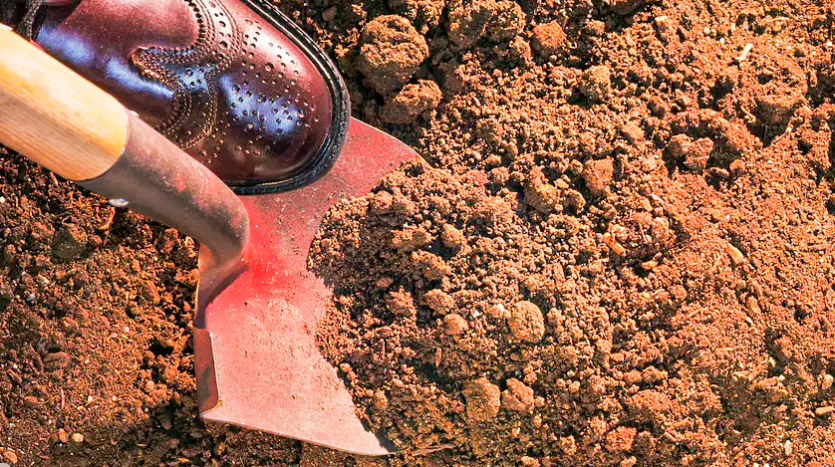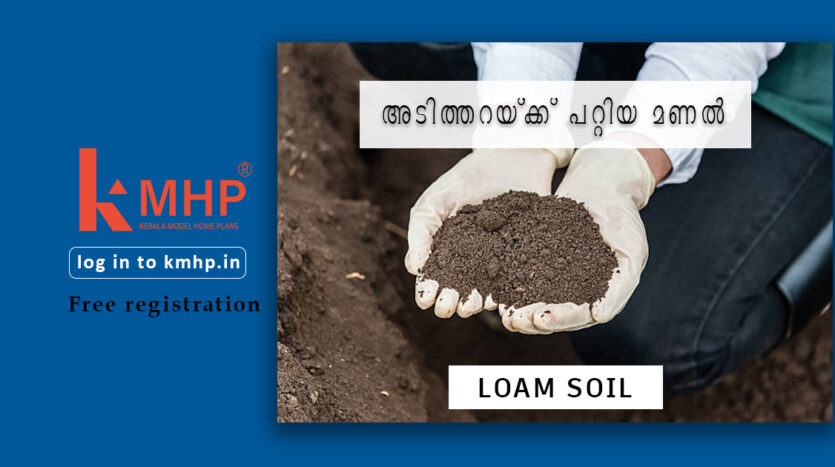The best soil for building is loam, which is often a blend of sand, silt, and clay. It has a black tint and feels crumbly, dry, and velvety to the touch. Because of its continually balanced characteristics, particularly how it keeps water moving at a balanced rate, loam soil is excellent for sustaining foundations.
As long as no other soils find their way to the top, loam is an excellent soil for sustaining a foundation.

Loam has the optimum ratio of silt, sand, and clay, making it the greatest soil type for building foundations and footings. It strikes the perfect balance between all of their greatest attributes to establish a foundation. Loam typically responds effectively to the presence of water and does not radically change, grow, or contract. Alluvial, loam, sandy loam, and sandy clay loam have safe bearing capacities of between 0.8kg/cm2 and 2.7kg/cm2 (80-270kN/m2)
Foundation
A foundation/footing is a bottom component of a building structure or substructure that transmits all of the structure’s incoming loads to the ground. Shallow foundations and deep foundations are the two most common types of foundations.

Shallow foundations are those with a depth of less than 3 metres. These foundations are utilised for constructions that do not bear a lot of weight. They are also employed when the soil has a high bearing capacity. Shallow foundation examples include isolated footing, mixed footing, strap footing, and raft footing. Foundations with depth greater than 3 meter are deep foundations. They are deep below the finished ground surface such that their base bearing capacity is not affected by surface conditions. Examples of deep Foundation is Pile and piers formation.
Is loam soil suitable for foundations?
Loam is a dark-colored material that is soft, dry, and crumbly to the touch. Loam is ideal for foundation support because of its well balanced qualities, particularly how it handles moisture equally and will not typically expand or contract enough to cause harm.
Foundation depth in loam soil: when layers of hard soil have been identified, the foundation is supported by the loam soil’s balanced qualities, which range from 3 to 7 feet deep for 1 to 5 story buildings.
Minimum depth of foundation in loam soil: Loam soil support the foundation which does not shift, expand and shrink, The minimum depth of foundation on clay soil is preserved at 1m (1000mm) for 1 to 2 story buildings when hard soil strata are encountered.
What type of foundation is best for loam soil?
Loamy soil is best suited for the construction of isolated pad footings for foundations. The area and depth of the footing are determined by bearing capacity, groundwater table depth, and load bearing stratum depth. Under columns, isolated pad footings are supplied, which are joined/tied together by connecting beams.
Editor : Jubin Raju Mathew
- Your FUN88 Official India app - June 28, 2024
- DafaBet page for gamers in India - June 24, 2024
- Слотор Сайт – Рискни и выиграй - June 15, 2024



